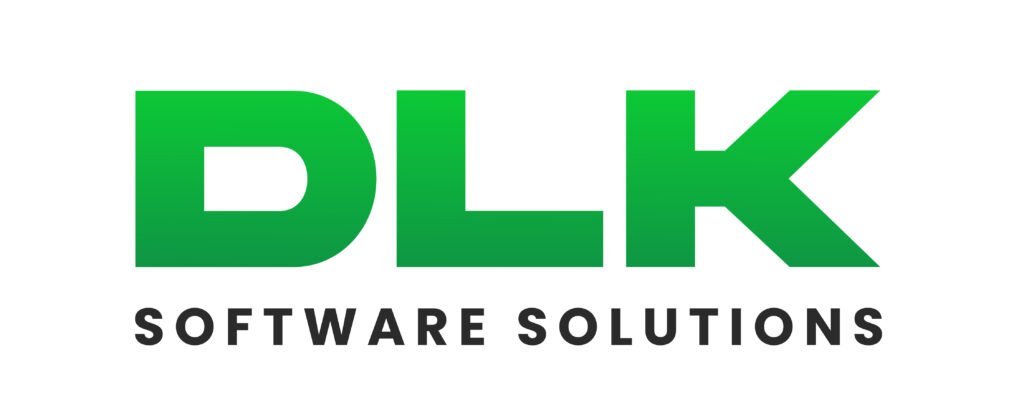Our Best Offer Ever!! Summer Special - Get 3 Courses at 24,999/- Only. Read More
Our Best Offer Ever!! Summer Special - Get 3 Courses at 24,999/- Only. Read More
Hardware and Networking Training In Chennai
- Real Time Experts as Trainers
- Certification
- Flexibility
- LIVE Project
- Affordable Fees
- Placement Support
Have Queries? Talk to our Career Counselor for more Guidance on picking the right career for you!
About Hardware and Networking Training
DLK Software Solution in Chennai is your premier destination for comprehensive Hardware and Networking training course in chennai. Our specialized programs are designed to equip you with the essential skills and knowledge required to thrive in the ever-evolving IT industry. Whether you are an aspiring professional or a seasoned expert, our courses cater to various skill levels, ensuring that you receive the right training to excel in the field of hardware and networking.
At DLK Chennai, we take pride in offering hands-on training, industry-relevant projects, and the guidance of seasoned experts. Our commitment to excellence has made us the trusted choice for those seeking high-quality Hardware and Networking training course in chennai with placement. By enrolling in our courses, you are taking a significant step towards a successful career in the IT world. Join us today and unlock the potential of hardware and networking with DLK Chennai.
The main bit of hardware that I need to talk about is a system connector. There is a wide range of names for system connectors, including system cards, Network Interface Cards, NICs. These are all nonspecific terms for a similar bit of equipment. A system card’s occupation is to physically append a PC to a system so that the PC can take an interest in system correspondences. The primary thing that you have to think about system cards is that the system card needs to coordinate the system medium. The system medium alludes to the sort of cabling that is being utilized on the system. Remote systems are a science all their own, and I will discuss them in a different article.
Hardware and Networking Courses at DLK
As should be obvious, computers use network cards to send and get information. The information is transmitted over Ethernet links. In any case, you typically can’t simply run an Ethernet link between two PCs and call it a system. Nowadays of fast Internet get to being generally accessible, you have a tendency to hear the term broadband tossed around a considerable measure.
Broadband is a kind of system in which information is sent and gotten over a similar wire. Interestingly, Ethernet utilizes Baseband correspondences. Baseband utilizes isolated wires for sending and accepting information. Hardware and Networking Training Institute in Chennai This means on the off chance that one PC is sending information over a specific wire inside the Ethernet link, then the PC that is accepting the information needs the wire diverted to its getting port.
Now-A-days, people are growing and owning their own business through network marketing and secure networking all over the world. It is important to learn networking and adapt to the new technologies strengthening the knowledge on the network. Networking requires thorough knowledge and software-driven intelligence to work on new concepts and modules. IP Addresses, Network Hubs, Firewalls and Routers build traffic for the networking sites and control the flow of the network.
DLK Software Solution offers the best network training for engineering students, computer science students as well as beginners in Chennai. We provide and ensure that the students receive 100% placement with course completion certificate and reports through payment of fees at a lower cost in Chennai. The course duration would be comfortable and convenient for the students to get benefits and success in their upcoming years. This yields victory in networking and increases the scope of Networking training institute in chennai. One of the best training institutes and coaching centres with placement in Chennai.
Course Highlights
- Course Timing- All days Monday to Saturday from 10 am to 7 pm.
- Training hours – 48 to 60 hours
- Course – Training in Software installation
- Hardware – We make hardware, and show how is it working.
- Course Documentation, with PPT or PDF, and project report.
- Certificate – After Successful completion of the training, certification will be done by us.
Online Training
Instructor
LED Live
Online Training
Classroom Training
Instructor
LED Classroom
Training
One to One Training
Customized and Exclusive training based on your requirement.
Team/Corporate Training
Customized Corporate Training
Syllabus
- Operating System Overview
- History of Computer Operating system
- BOOT
- Differentiate between motherboard components, their purposes, and properties
- Compare and contrast RAM types and features
- Install and configure expansion cards, Identify connector types and associated cables
- Evaluate & select appropriate components for a custom configuration, to meet customer specifications or needs
- evaluate types and features of display devices
- Identify connector types and associated cables
- Installing / updating /upgrading Windows components and 3rd party apps
- Application integration and Troubleshooting
- OUTLOOK and WEB Mail configuration
- page directive
- include directive
- taglib directive
- Backup software – WBT, Genie, NOVA, Symantec management
- Backup / Restore OS, Files, and Apps
- Making disaster plan
- Security threats and solutions
- Antivirus and corporate security
- Anti spam,Anti malware software, and functions and configuration
- Categorize characteristics of connectors and cabling
- Explain properties and characteristics of TCP/IP
- Explain common TCP and UDP ports, protocols, and their purpose
- Internet Sharing and Internet management
- Configuring DNS Server, Configuring DHCP servers and DHCP Relay Agents
- VPN and Firewall Management, WiFi configuration
- Creating WIFI networks, Designing LAN / Wireless Networks
- Identifying Cisco Routers and Switches, Configuring Cisco routing protocols
- Designing LAN / Wireless Networks
Have Queries? Talk to our Career Counselor for more Guidance on picking the right career for you!

Trainer Profile
- Our trainers are well versed in technical wise and they are knowledgeable in their professions
- Our trainers will explain the students in a very easy method, such a way the students will understand easily.
- Our trainers will put their maximum effort in explaining the students
- Our trainers have well experienced and put their full effort in explaining during the discussion with the students
- Our trainers will give attention individually to all the student by one on one, until the student get well versed in it.r trainers have well experienced and put their full effort in explaining during the discussion with the students
Real-Time Experts as Trainers
The trainers are very professionals and friendly. Our trainers are passionate for training the students and well versed with concepts of modules and the students doubts will be also cleared in a good manner.
Live Project
We offer world class teaching and top-notch training to help you discover and groom the technical ability in you. We provide best-in-class infrastructure, online resources, and exposure to you in this world of IT.
Certification
When we Certify a Professional , he knows exactly how to deliver a successful project. So get certified, showcase your skills and share your knowledge. Earning certification helps you as an IT professional establish credibility with both your employer and the greater IT industry.
Affordable Fees
Our fees is very normal and affordable to all the students in all their criteria.
Flexibility
Our Training classes offers flexible training options including Class room and online /off line training for your learning needs. Choose what to learn, and when and how to learn it. With our trainers or accredited instructors in a hands-on learning environment.
Placement Support
In placement, we support you in all the ways by giving you well training in your prescribed domain in which will you be able to handle by your own and well versed.
Hardware and Networking Certification Training in Chennai

Course Training Meterial
- We take one to one responsibility to every student
- Study Materials will be given
- Programming code – issued
- Hardware – We Guidelines in Technology – will be explained well.make hardware, and show how is it working.
Course Certificate
- After completion of the training, successfully, the student will be issued a course completion certificate.
Who Can Attend this Programme?
- College students from 1st year to 4th year
- Fresh pass-out students
- Peoples who are searching good jobs
Outcome Of This Training Programme?
- Will be a well-trained Programmer before graduation
- Will be a well-trained Programmer before graduation
- Acceptance of work in all their fields
- To develop good attitude, speedy in their work
- Will get good placements in MNC’s
Students Reviews










Our Students Works At















Lorem ipsum dolor sit amet, consectetur adipiscing elit. Ut elit tellus, luctus nec ullamcorper mattis, pulvinar dapibus leo.





